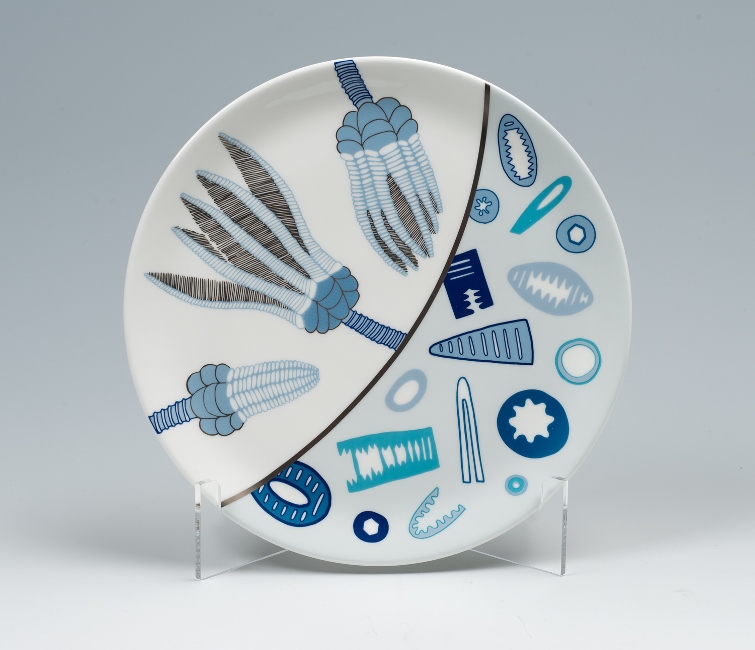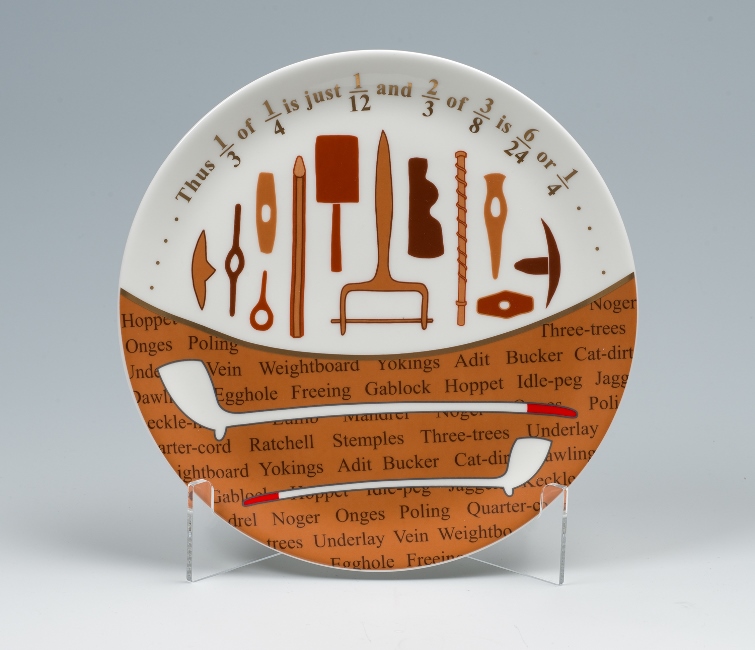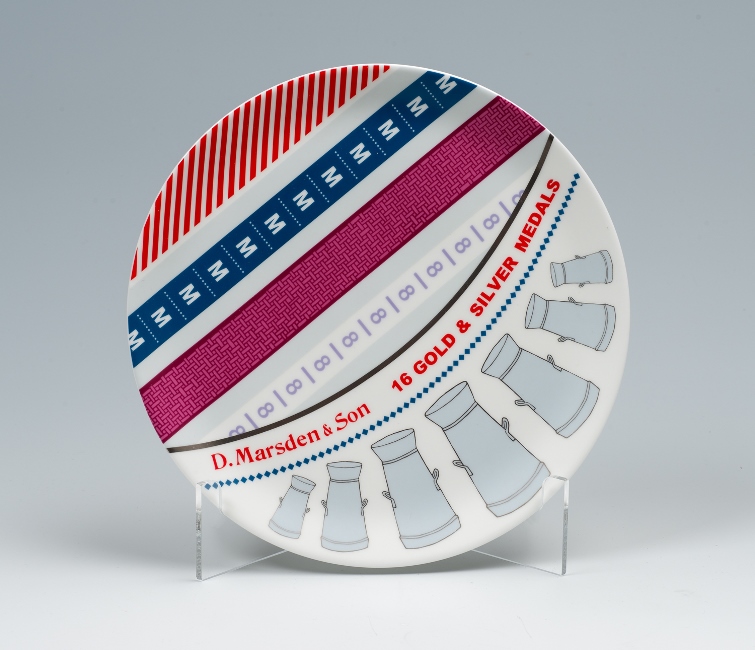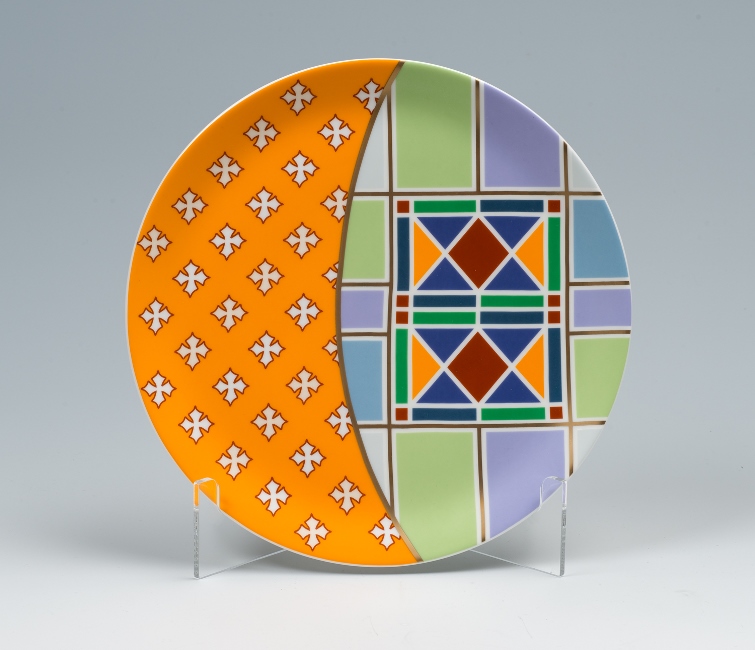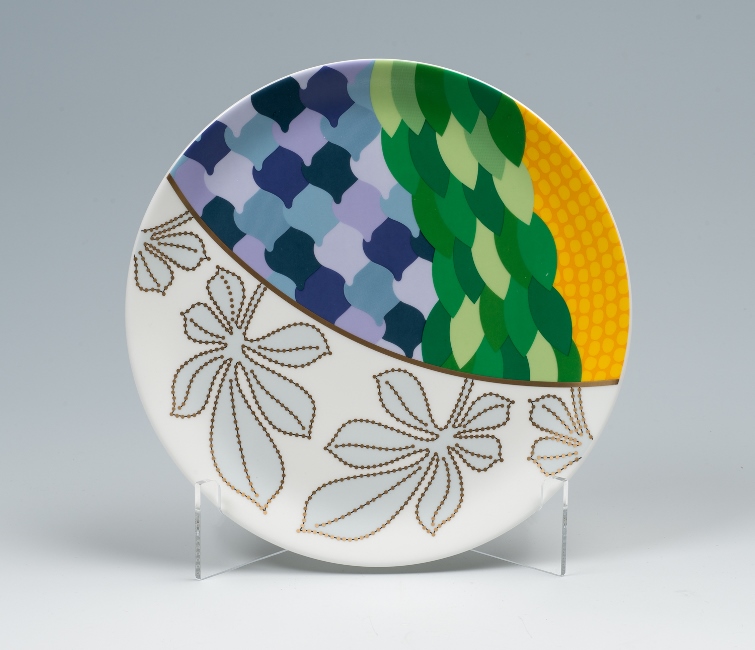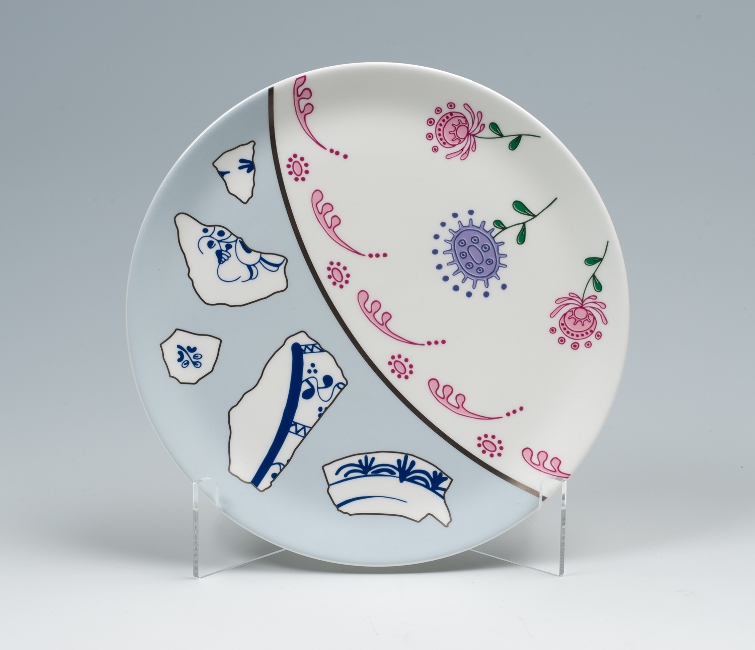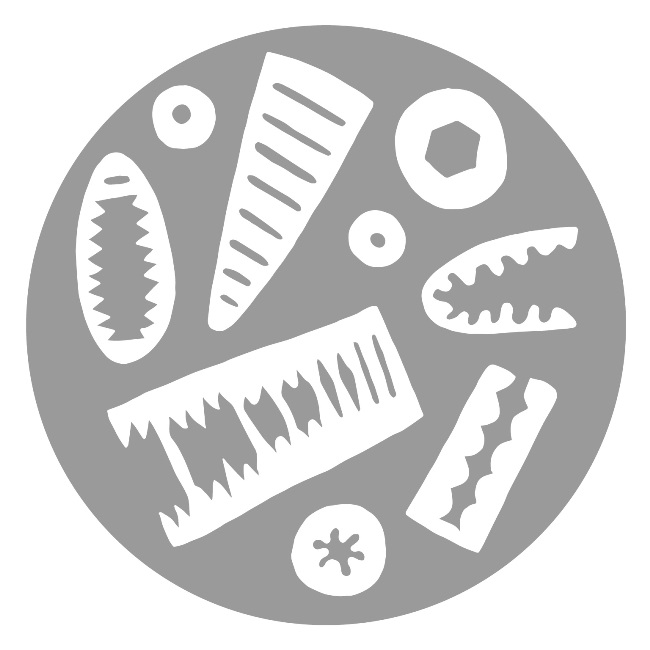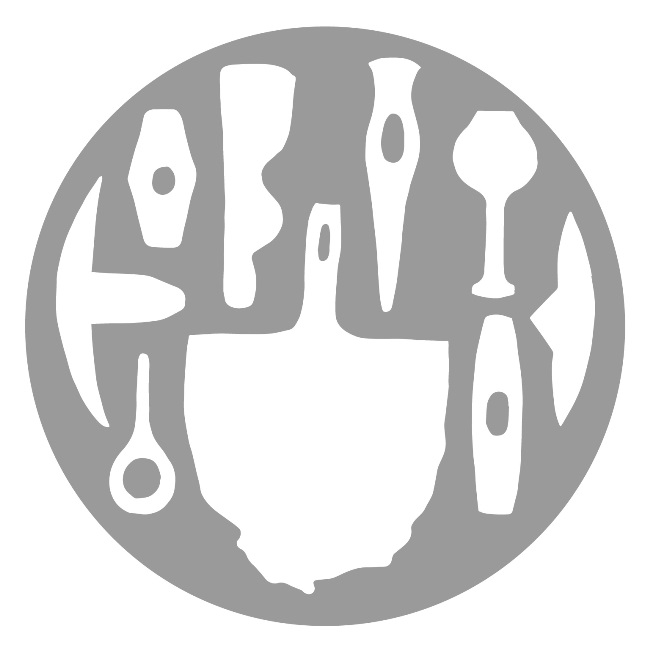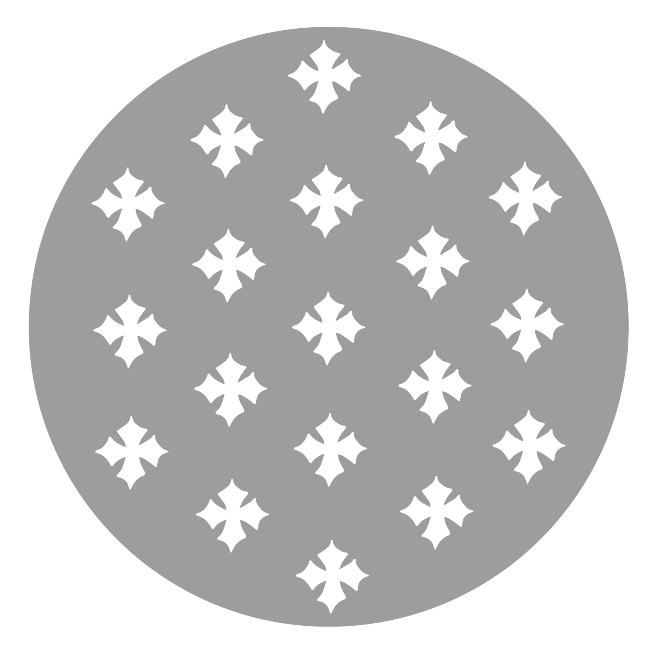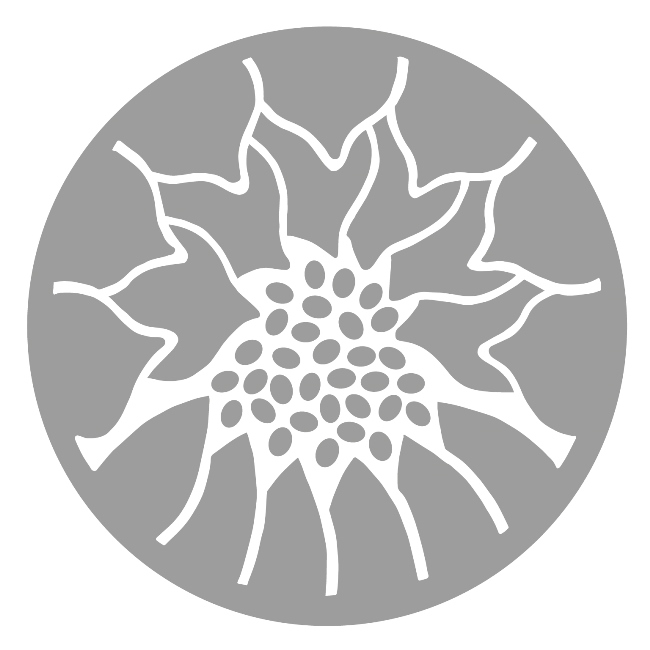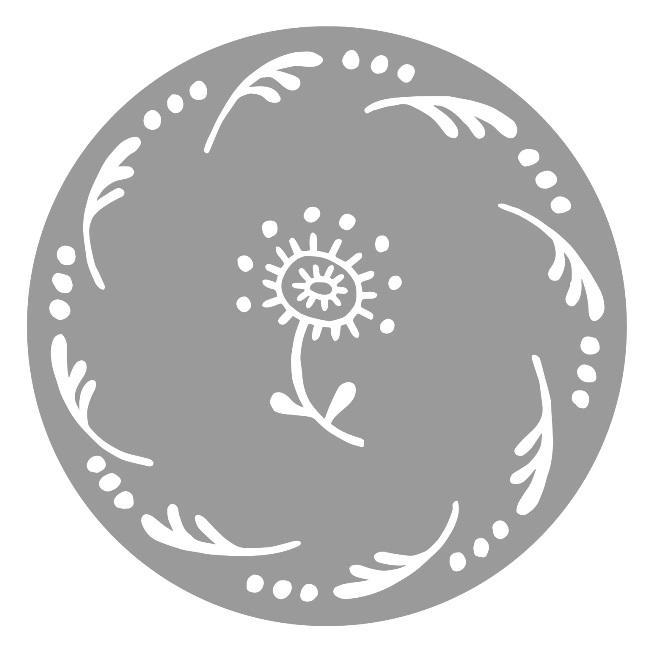The Wirksworth Service 2018
Commissioned by the Wirksworth Heritage Trust
To celebrate the opening of Wirksworth Heritage Centre, I was invited to create a permanent artwork that reflected Wirksworth’s rich heritage and the historic collections held by the Centre. I became intrigued by the short lived Wirksworth China Factory in the 1770s and the mysteries surrounding it. Due to its brief period of trading and the absence of a maker’s mark it is almost impossible to attribute pieces of china to the Wirksworth Factory. In order to bring back an echo of the factory, I created a series of six bespoke china plates, with designs inspired by Wirksworth’s past. The plates are installed in the Heritage Galleries, in dialogue with the objects and histories that inspired them; they were also sold as multiples in the shop together with an artist’s publication. The imagery reveals the following histories:
· The area’s geology, especially crinoid fossils, also known as feather stars, which are found in the local Hopton stone.
· Wirksworth’s mining heritage, including old mining tools and the common terms used by Derbyshire miners that are no longer part of everyday vocabulary.
· Local trades such as woven and printed tapes, which saw Wirksworth becoming the largest producer of red tape for Whitehall, its weekly output equalling the circumference of the globe; and Marsden’s, who from 1764 – 1982 produced a range of products including agricultural implements and dairy utensils such as milk churns, pails and pans, for which they received numerous awards.
· Decorative architectural details from the building in which the Heritage Centre is now located. With sections dating back to the 17th century the building was a time capsule, revealing traces of its former occupants over the past decades.
· Well dressing, an ancient tradition now unique to Derbyshire. Intricate designs are transferred onto clay by pricking holes through a paper cartoon; individual sections are then decorated with natural materials such as leaves, sweet corn and flower petals.
· The Wirksworth China Factory; the plate includes fragments of china found in excavations near China Yard, along with a fictional plate showing decorative elements and colours similar to those found on examples of china thought to be made in Wirksworth.
Additional designs inspired by these histories also appear on the external glazing of the Centre’s new extension.
